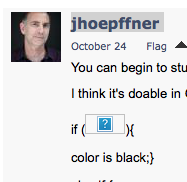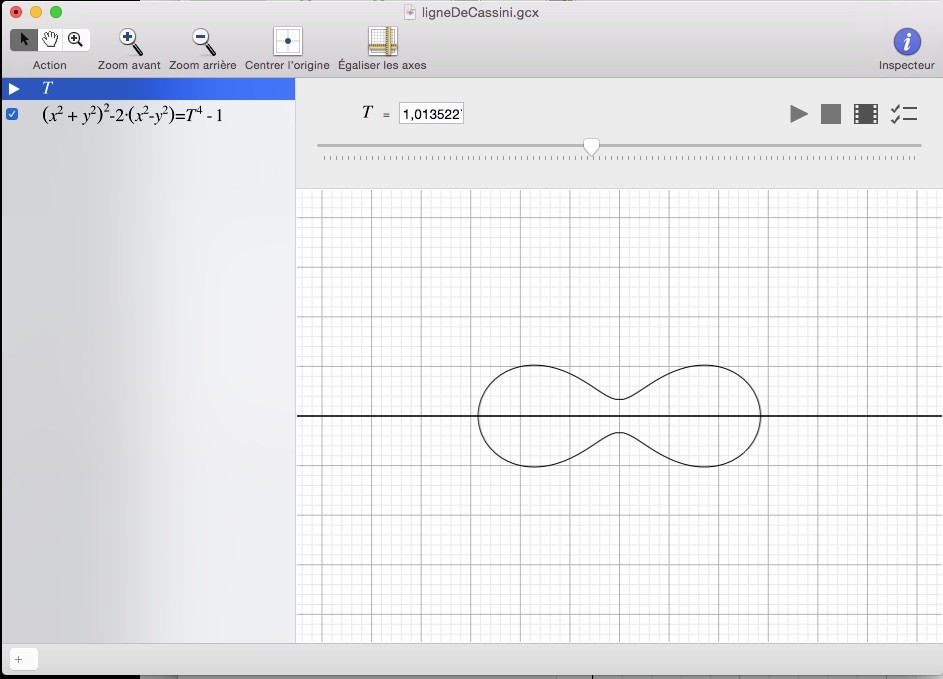Cassini Oval
-
Directly in Isadora, for the moment, no way (for my knowing)
– you can try with shader, but can be difficult– you can try with Processing but not exactly easy neither– You can do it with Mathematica or Maplesoft…Jacques -
You can begin to study the function in Grapher (MacOs)
I think it's doable in GLSL fragment shader, likeif (){color is black;}else if {color is white}with T an uniform variable between 0 and 2 changed in Isadora.Too late to do it now, bed time here in Paris :-)Jacques -
@Michel a shader would be great, but where to find?
-
@[jhoepffner](/troikatronixforum/profile/15/jhoepffner)Thanx for the comment. Is Grapher 389 dollars? Thats a lot now...http://www.goldensoftware.com/products/grapherCan´t see some of your post, see screenshot
-
oh I forgot to post the link: https://www.shadertoy.com/view/4d33Rf
-
@Michel thank you!
-
Hello,
No Grapher is free and included with every Macos…Maplesoft and Mathematica are not free.I make a little exploration of your problem. In Processing it's possible to work on it, first you have ro use the parametric equation, not the cartesian.But no time to finish and present it.Jacques -
I just take a look to the Michel example, it's exactly that inside the for loop, two separate equation for x and y with t as parameter.
-
@[crystalhorizon](/troikatronixforum/profile/371/crystalhorizon) Hello,I take some time to try Cassini line in shader. Here are the result. At the moment you see only the central part (between the two centers), but I hope to find a solution for the complete view.Here is the patch with commented glsl shader.It's a beginning, up to you to continue!Jacques -
Oh that is wonderful. Thank you! I will go deeper into that one ))
